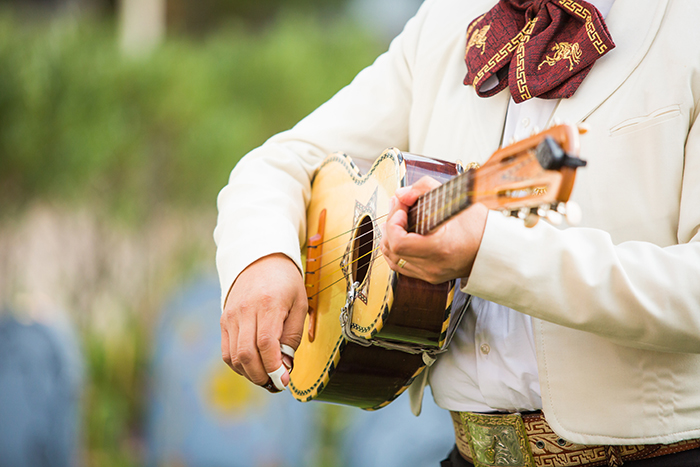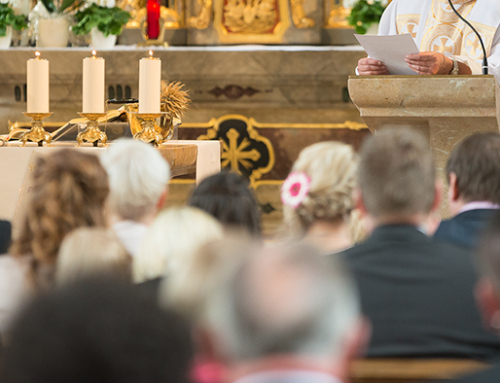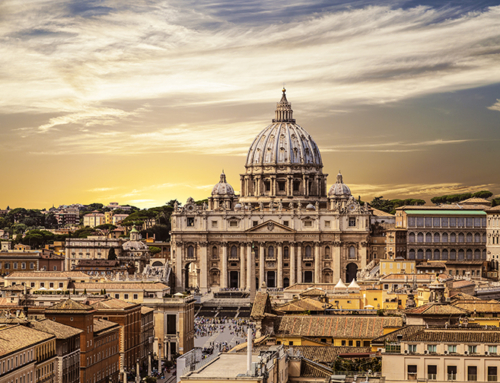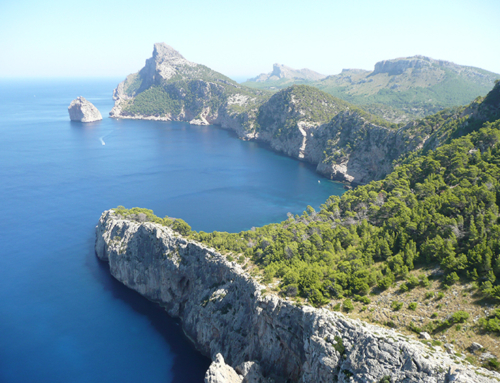The Concordat with Roma had a profound effect upon the Cursillo Movement. It left the movement in a position of being unable to confront the government and unable to take strong positions on political and social issues. Another edit of Franco’s government that would have future influence on the Cursillistas (members of the Cursillo) occurred in August 1940, when compulsory two-year military service became law.
This partially explains the concept of militant Catholicism so prevalent in the Catholic Action writings of the forties and in the early Cursillo literature..The early Cursillo developed an environmental and evangelical thrust because other avenues were closed to it. Hence it did not direct itself to institutions or systems as such. Its emphasis on militant and orthodox Catholicism derived partially from Spain’s military conflicts and conscription as well as Franco’s view of the Church.
There were other influences on the Cursillo Movement. Since the movement originated in Spain, the many social, cultural, and economic factors that shaped the Spanish mentality shaped it. Due to its geographical position on both the Atlantic Ocean and the Mediterranean Sea and its proximity to North Africa, Spain became the haven for various peoples. And yet, at the same time, some of its regions were isolated. This gave rise to a regionalist mentality, and as a result accounted for the many interpretations of the Cursillo in its early days.
Another factor was the lack of education in post-Civil War Spain. This meant illiteracy among the masses, and accounted for the simplicity of the Cursillo approach to doctrine. It also accounted for the ill-founded fears of bishops and priests toward this new movement.
Historians disagree concerning the relative importance of Muslim and Jewish influences on modern Spain and even whether these influences were good or bad. Louis Bertrand tends to minimize their influence..American Castro and Marcel Bataillon emphasize the importance and value of the Muslim and Jewish contributions to Spain’s configuration. The weight of evidence points to a strong Muslim and Jewish influence and that it is mostly favorable. As expected, this influence is felt more in southern Spain where concentration of Jews were more numerous and Muslim domination much longer. Much of this influence passed into the Cursillo.
These various influences are not just cultural in nature, but profoundly religious. Spanish Christianity was deeply colored by the Jewish and Muslim religions.
That Spanish history is considered divine and that Church and State are inseparable is due to Islamic and Jewish influences. The Sanctuary of Santiago de Compostela during the Middle Ages became a Christian mecca after the fashion of Islam. Later it became a source of military motivation against the Muslims. The concept of the holy war came to Christian Spain from Islam. Holy War came to be seen as a way to enter Paradise much like martyrdom had been. It is only a small step from this sentiment to the militant Catholicism that gave birth to the Cursillo.
Marcel Bataillon tells us that the converted Jews were influential in the renewal of the Church in the sixteenth century under Queen Isabella. Their amonastic approach to piety was very attractive. This type of piety found its way into the Cursillo Movement and helped to popularize the movement among the laity. In addition, it must not be forgotten that the relatively low level of education assisted the acceptance of the Cursillo among the Spanish laity because of its direct approach.
We need to understand the religious climate of post-Civil War Spain, for it was in those years that the Cursillo was born. Rohloff sums it up quite well: Catholicism in Spain after the Civil War was intellectually medieval, scholastic, somewhat superstitious and extremely intolerant of heterodoxy. This accounts for the scholastic vocabulary and thought patterns and traditional trends in most of the early Cursillo literature, but it also accounts for the severe criticism it received and for the few revolutionary insights and original concepts it brought to the Church. Except for its forward-looking ecclesiology and its radically new approach to the apostolate, the Cursillo reflected very much the accidental characteristics of its parent Spanish Church.
Did the Vatican have any official contact with the Cursillo Movement prior to Vatican Council II? It would seem not. However, it was with Vatican approval that Bishop Juan Hervas was removed from his bishopric of Mallorca and sent to Ciudad Real. This seriously hurt the Cursillo Movement. During the difficult years of the 1930’s, superstition in the area of religion led to a misguided devotion to the Mother of God. The Cursillo helped to curtail this trend, because its piety is Christocentric. It was during these same difficult years that anticlericalism appeared in a severe persecution. It is estimated that 7,937 ecclesiastics were killed during the Civil War by the anticlerical forces of the Republican government. As noted earlier in this chapter, these included 12 bishops, 5,255 priests, 2,492 monks, 249 novices, and 283 nuns. In part, this explains why the Church supported Franco.
As in other Latin countries, religious apathy was common among men in Spain. They considered religion proper for women and children, but not for themselves. This was secular humanism. And atheism at its peak. The Cursillo Movement was a reaction against such tendencies, especially among the young men who were unchristian in their style of life. However, the Cursillo in Spain and elsewhere has been affected by clericalism, as we shall see.
Next: The Influence of Catholic Action on the Cursillo Movement







